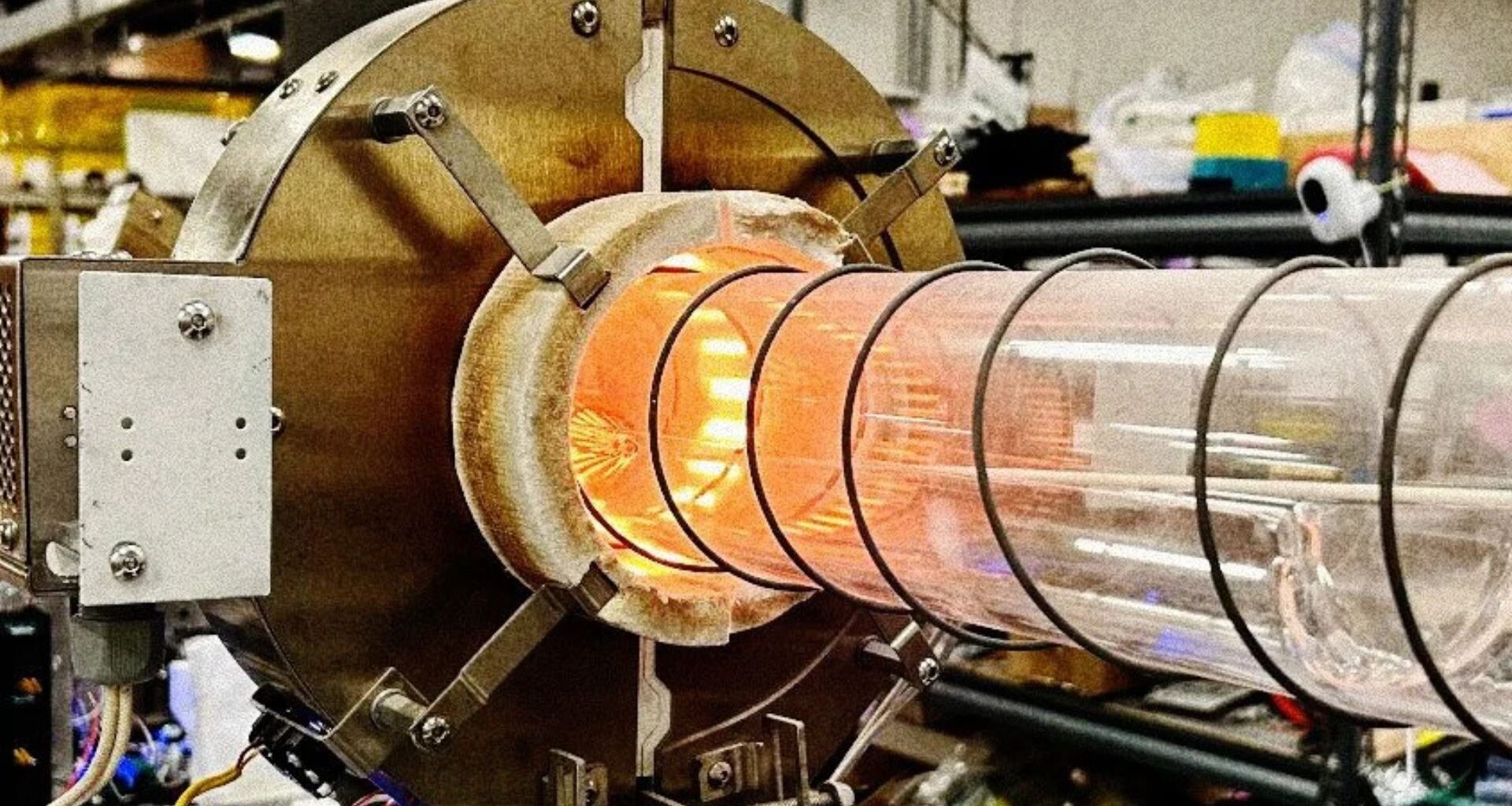Following over a decade of planning, construction of a new dark matter detection experiment is almost complete.
The new experiment will be enclosed under a kilometer of rock in the Stawell Gold Mine, located in regional Victoria, Australia. It will also be shielded by steel and plastic to block out as much cosmic ray interference as possible.
The experiment, called SABRE South, will start collecting data from next year. It could help alter our understanding of the universe.
The hunt for dark matter
In 1998, scientists at the DAMA experiment buried deep beneath Italy’s Gran Sasso Mountain claimed to have detected dark matter in the form of a weakly interacting massive particle (WIMP).
Dark matter, first proposed in the 1930s, is thought to make up roughly a quarter of the known universe. Though the mysterious substance is invisible, we know it exists due to its gravitational impact on planetary objects and galaxies.
Since the DAMA experiment discovery in 1998, scientists have sought to replicate and verify those results. SABRE South is designed to do just that, in the Southern Hemisphere.
“There is a big hunt for the composition of dark matter worldwide,” Elisabetta Barberio, director of the ARC Centre of Excellence for Dark Matter Particle Physics, told ABC News in an interview. As dark energy and dark matter combined make up most of the cosmos, this research “will tell us what the majority of the universe is made of.”
How will SABRE South detect dark matter particles?
The SABRE South experiment will utilize a detector with several sodium-iodide crystals at its core.
The scientists behind the project hope those crystals will interact with the hypothetical dark matter particles known as WIMPs. If they do, they will produce extremely faint light flashes.
Professor Phillip Urquijo, an experimental particle physicist, leads SABRE South. According to Urquijo, three major global groups are racing to replicate the DAMA findings. These are located in South Korea, Spain, and in Italy’s Gran Sasso Mountain.
Urquijo welcomes the competition, stating that such an important endeavor requires several experiments for verification. The SABRE South findings will also be unique due to the fact they will be the only ones collected from the Earth’s southern hemisphere. Providing this unique perspective could prove crucial for cross-referencing signals and reducing false positives caused by local environmental factors or seasonal variations.
As Uquijo told ABC News, it will be a while before SABRE South, or any of the other experiments, release any substantial findings. “We’re looking for the seasonal effects, so if we just saw it one year, we might say that’s a fluke,” he said. “You need five years to see it — you need to make sure that it’s not a mistake.”

